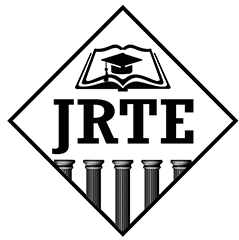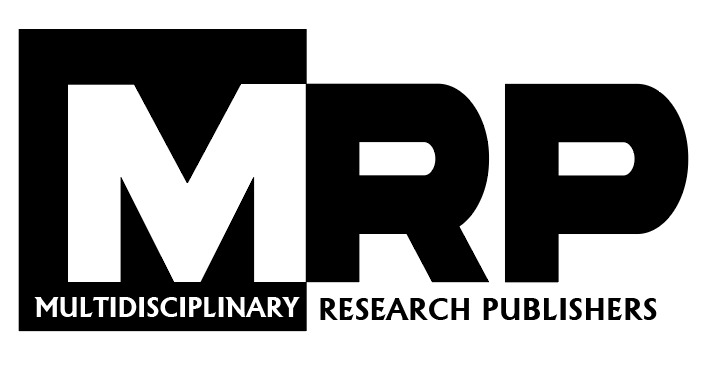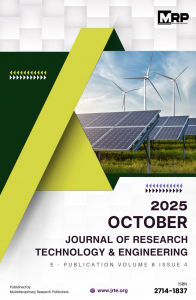Downloads
Soil erosion is a major environmental issue affecting land productivity, water quality, and ecosystem stability, particularly in semi-arid regions. This study employs the Revised Universal Soil Loss Equation (RUSLE) model integrated with Geographic Information Systems (GIS) and remote sensing techniques to assess the spatial patterns of soil erosion within the Badrah watershed, Iraq, considering rainfall intensity, topography, land cover, and conservation practices. The results indicate significant spatial variability in soil erosion rates, ranging from less than 5 tons/ha/year in stable vegetated zones to over 50 tons/ha/year in steep, unprotected terrains. The most vulnerable areas are concentrated in the northern and northeastern regions, where high rainfall erosivity (up to 344.55 mm annually), steep slopes (>15%), and poor vegetation cover (C-factor = 1.0) accelerate soil loss. Land cover analysis revealed that forested areas (C-factor = 0.39) have lower erosion rates, while agricultural and barren lands experience severe degradation. Conservation practices remain inadequate, with only 48% of the watershed benefiting from effective soil protection measures. The study emphasizes the necessity for reforestation, sustainable agricultural practices, slope stabilization, and integrated watershed management to mitigate soil erosion. Future research should focus on long-term monitoring, climate change impacts, and advanced hydrological modeling to enhance erosion predictions and support sustainable land-use policies.
Written by JRTE
ISSN
2714-1837
| M | T | W | T | F | S | S |
|---|---|---|---|---|---|---|
| 1 | 2 | 3 | 4 | 5 | ||
| 6 | 7 | 8 | 9 | 10 | 11 | 12 |
| 13 | 14 | 15 | 16 | 17 | 18 | 19 |
| 20 | 21 | 22 | 23 | 24 | 25 | 26 |
| 27 | 28 | 29 | 30 | 31 | ||
Our Visitors






 Users Today : 84
Users Today : 84 Total Users : 42533
Total Users : 42533 Views Today : 96
Views Today : 96 Total views : 104919
Total views : 104919 Who's Online : 1
Who's Online : 1 Your IP Address : 216.73.216.134
Your IP Address : 216.73.216.134

